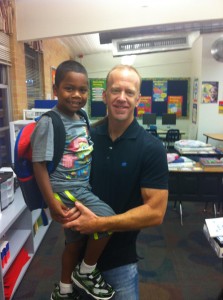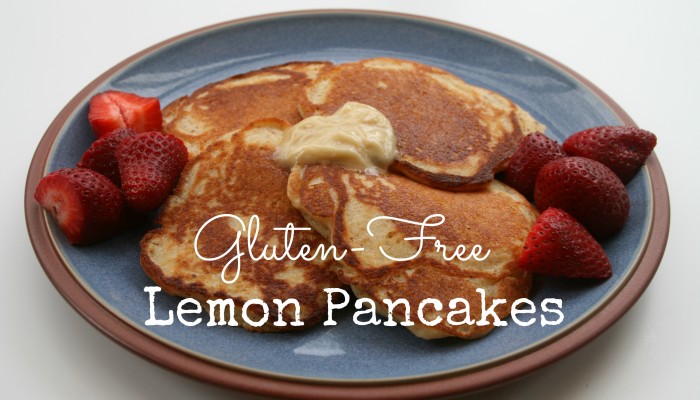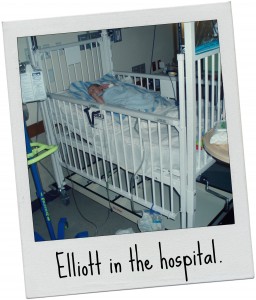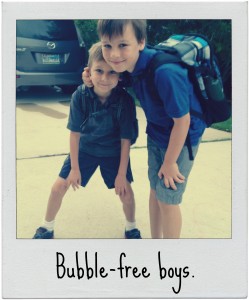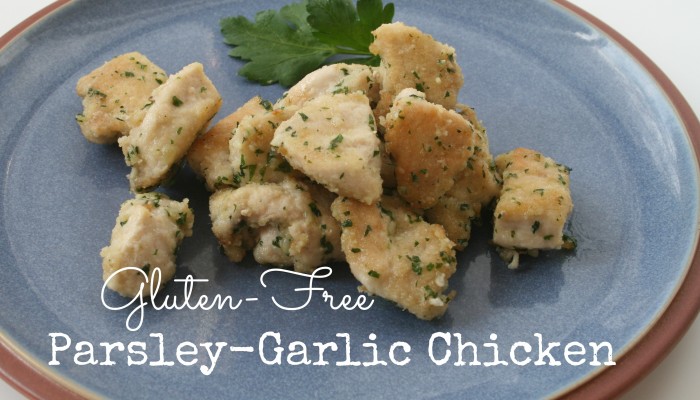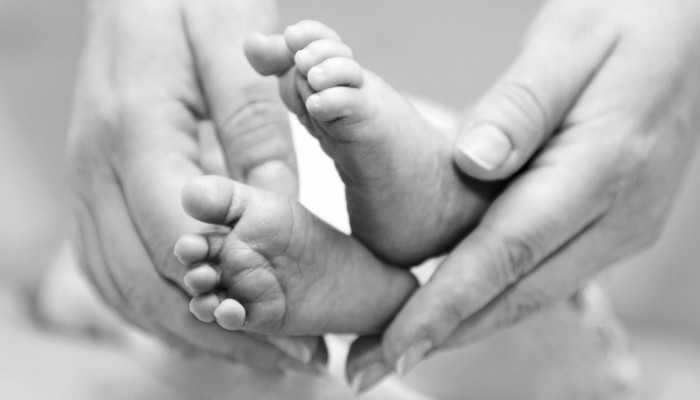Have you ever whisper-screamed? If you’re thinking hard, you probably haven’t. Operating definition – the sound resulting from two opposing forces: the need to scream combined with the need to stifle. You are freaking out, but don’t want your neighbors to think you’re being murdered, don’t want to wake the baby, or know deep down that the situation doesn’t really warrant a full-blown scream.
I personally discovered this skill years ago, when a huge tree roach flew into my apartment. If you haven’t seen a tree roach, have a look at this sucker and prepare for about a week of nightmares:
I’m generally not afraid of bugs or spiders, but roaches are the sentient, evil exception. It was running in confused circles at warp speed on the floor. I froze. There were no options. I couldn’t use my normal bug tactic, holding it loosely in a tissue and gently setting it outside, because if I got too close, it would run up my body, into my gaping, horrified mouth and down my throat. And I couldn’t step on it, because it had a completely formed skeleton, organs and intestines, and would make my living room look like a crime scene. So, I did the only thing I could. I slowly backed away and whisper-screamed, “loud”, three times.
I busted the whisper-scream again when my daughter was a few weeks old. Breastfeeding was a difficult process for me. Once I got into a good position, I had a habit of clenching myself, remaining as still as possible to avoid jinxing the flow. A few minutes into this particular late night session, I realized I’d forgotten two essential things: a big glass of water and my book. Her dad, J, was asleep in the next room. I tried to reason with myself. Surely I could get through the next 30-45 minutes without these small comforts…but my need for them only intensified. I spotted the baby monitor and decided it was worth waking him.
I started by softly calling his name. No response. I leaned as far as I could toward the monitor. “J!” Nothing. As slowly and carefully as possible, I lifted the nursing pillow and my baby girl, intently keeping both in locked position, and inched toward the monitor until my face was pressed against it. Full on whisper-scream: “JAAAYYYYYY!!!” Silence. I shambled into our bedroom, mid-air breastfeeding on the way. I woke him up, indignant, and we argued about how it was possible for him to sleep through all of that whisper-screaming??
I was being ludicrous. Why didn’t I just stop feeding her for one minute, be okay with the risk of her crying in protest, wake him up gently and in person, and ask him to help me? Or, just take care of myself?
Why not cut the whisper and just scream? Or better yet, calmly and clearly ask for what you need?
Here are three reasons blocking many of us from making our needs and wants crystal clear, often resulting in our partners feeling set up to fail:
- We don’t know what our needs are. During the first few months of a baby’s life, sleep is erratic, if happening at all (did you know that sleep deprivation/interruption is a torture tactic used by terrorists?), and there’s a constant focus on keeping up with this sweet, helpless being’s needs. This is often at the detriment of our ability to tune inward and assess what would feel good or helpful. By the time one round of breastfeeding, diaper changing, playing and napping has completed, it’s time to start the whole process over again. Ask an exhausted new mom in the throws, “Hey, what can I get you? A snack? Lip balm?” and you might be met with a blank stare, and this answer: “Hmmmm. A lobotomy?”
- We want you to read our minds. The femininity training many of us receive ingrains our preoccupation with the big picture, which is dominated by other people’s needs: who’s hungry, sad, bored, needs a drink refill, and how can we personally assist? When we have babies, this big picture skill intensifies to a sometimes scary degree. We long for our partners to have this skill too. We want you to walk into our shared space, survey the scene and intuit our needs, which to us, are obvious. See the dishes and laundry and spit up and hear the baby and the toddler crying and look at us and know that we need a hug, need you to scoop the kids up and away from us, put that load into the dryer, and make us an Old Fashioned. If you don’t ask, “How can I help?” we feel invisible. Even though that feeling is not your fault, nor is it based in any sort of rational logic, it’s there, deep down, and it’s terrible.
- We’re afraid the answer will be “no,” or worse, no response. What if we identify our needs, clearly communicate them, and our partners can’t or won’t respond? What then? Maybe it means having to take a deeper look at the relationship, and either coming to terms with our partner’s limitations, or not coming to terms and pushing for change. Acknowledging and communicating your needs clearly means you have to be ready to face your partner’s answer, which can be a scary prospect.
The not easy or fun but incredibly empowering solution? Start by internally identifying what you need and want, without trying to justify or talk yourself out of it. Then, using effective communication, spell it out to your partner, and ask him or her to respond in a specific, behaviorally quantifiable way. Say it, email it, text it, or haiku it. Wait for a response, and no matter what you hear (even if it’s silence), know that you did everything you could by communicating clearly. Don’t be a whisper-screamer. And comfort yourself in the knowledge that you are bigger than the tree roach. At least by a little.
Here’s To Sanity and Clarity,
Cheryl




















